
Meniscus Repair or Meniscectomy?
Based on the latest evidence, it appears that meniscus repairs have much better outcomes over time. Here’s why.
Looking to get better at evaluating and treating injuries? Check out my my latest articles and courses designed to make you a better physical therapist. Subscribe to my newsletter and I’ll send you all my best articles.

Based on the latest evidence, it appears that meniscus repairs have much better outcomes over time. Here’s why.

Recent research supports the use of early weightbearing and range of motion after meniscus repair surgery. However, outdated rehabilitation protocols often recommend limiting both despite evidence stating the opposite.
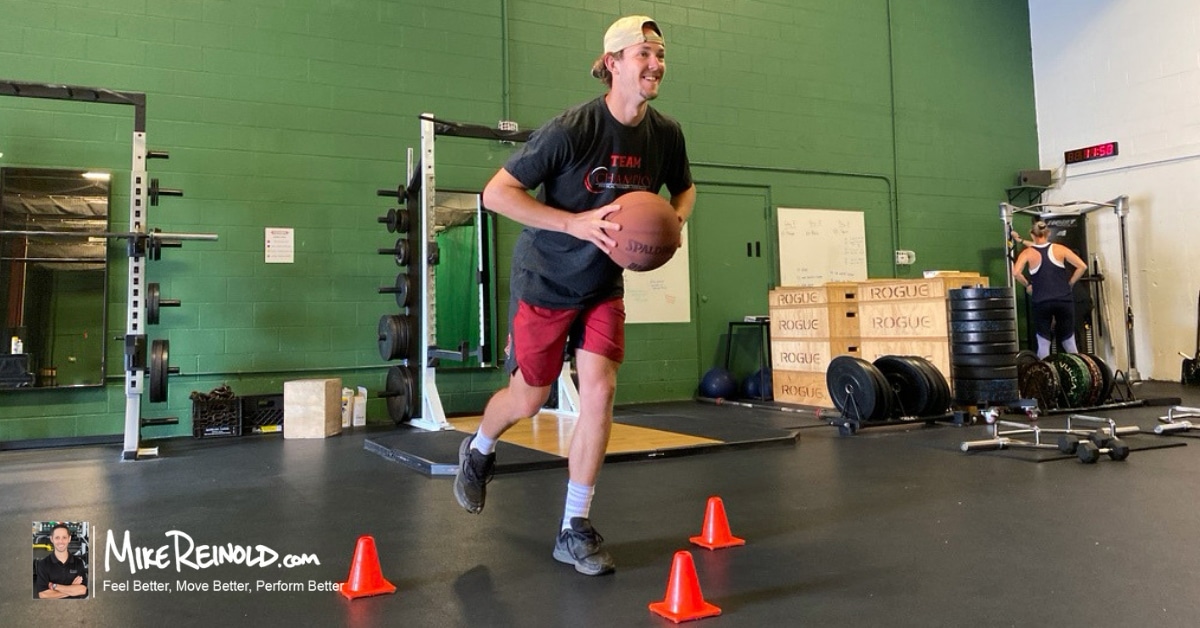
Return to play after ACL reconstruction surgery is often a complicated decision-making process. As we have written in the past, numerous studies have shown that return to play testing after ACL reconstruction is not straightforward. With ACL re-tear rates so high, our physical therapy research is still lacking definitive guidelines on the best return-to-play criteria. However, recent trends may support a combination or neuromuscular and neurocognitive approaches to improve outcomes.
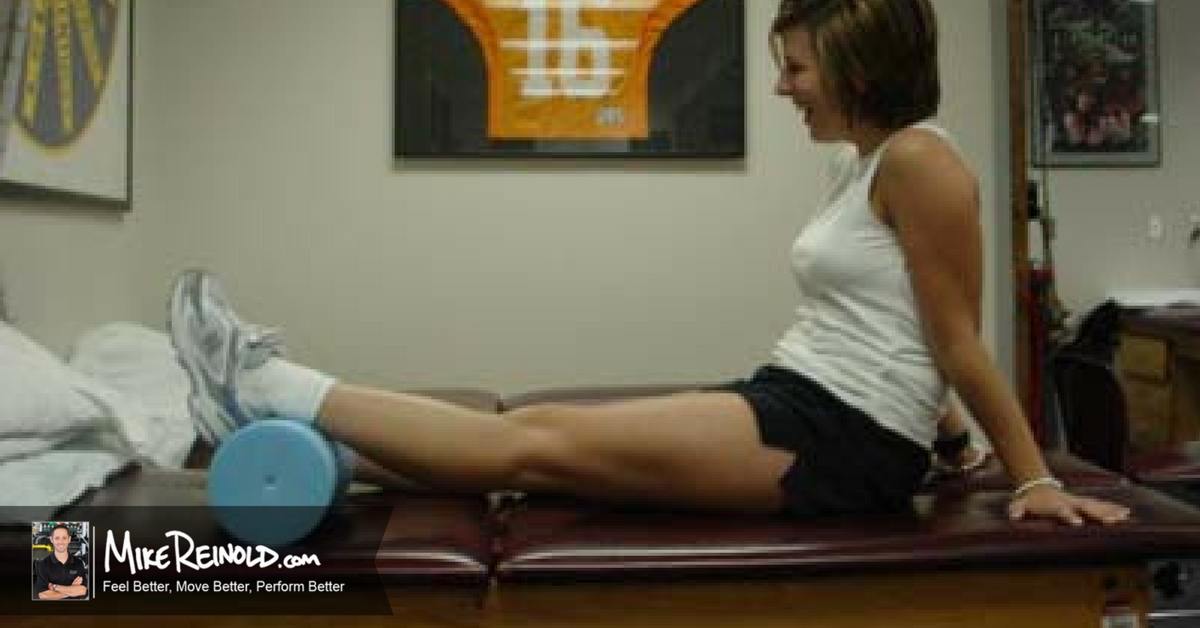
Assessing and treating loss of knee extension range of motion is an important component of rehabilitation following any knee surgery.
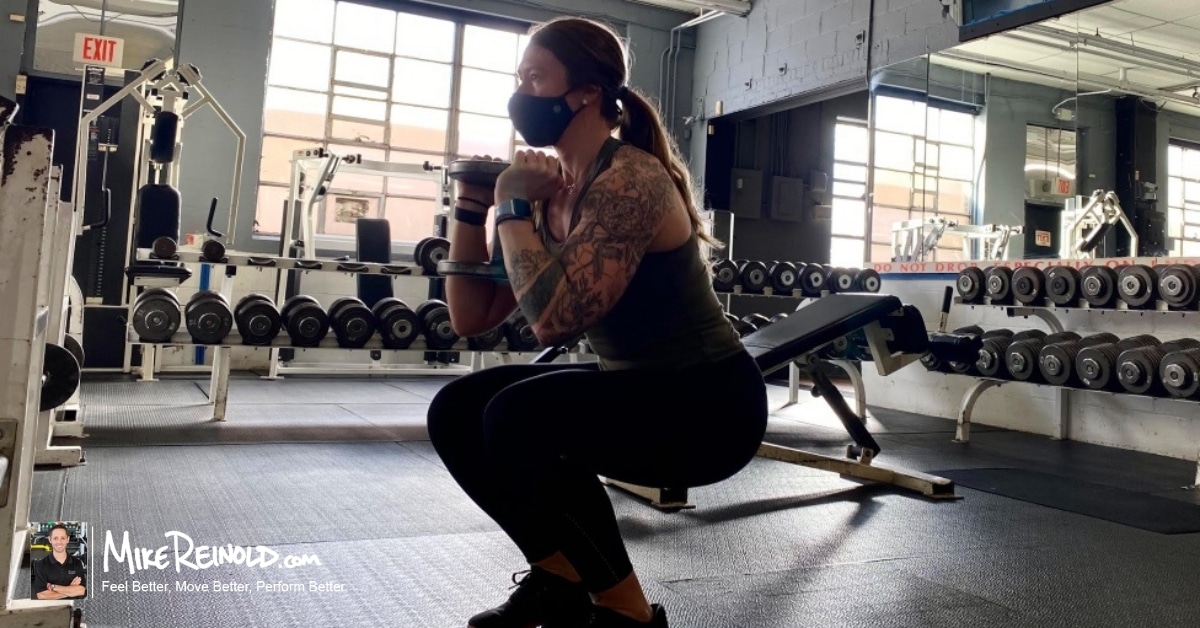
The purpose of this post is to synthesize the currently available literature regarding the return to exercise and activity after a mild (non-hospitalized) case of COVID-19 in an otherwise healthy population.
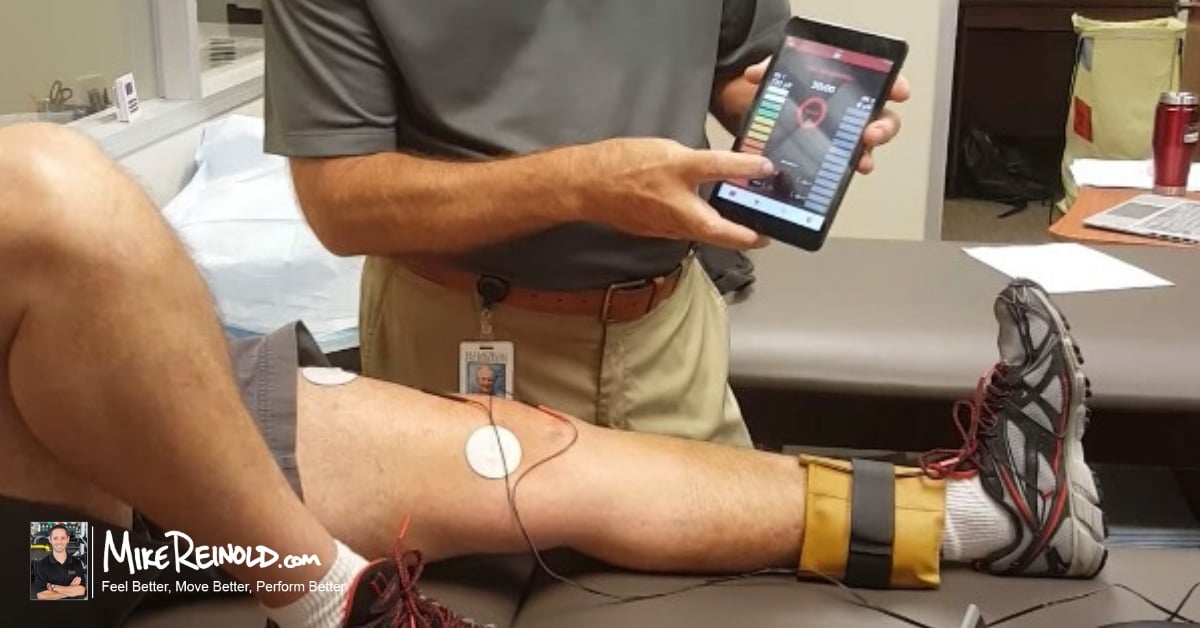
Biofeedback provides a method of restoring volitional muscle control following and injury or surgery.
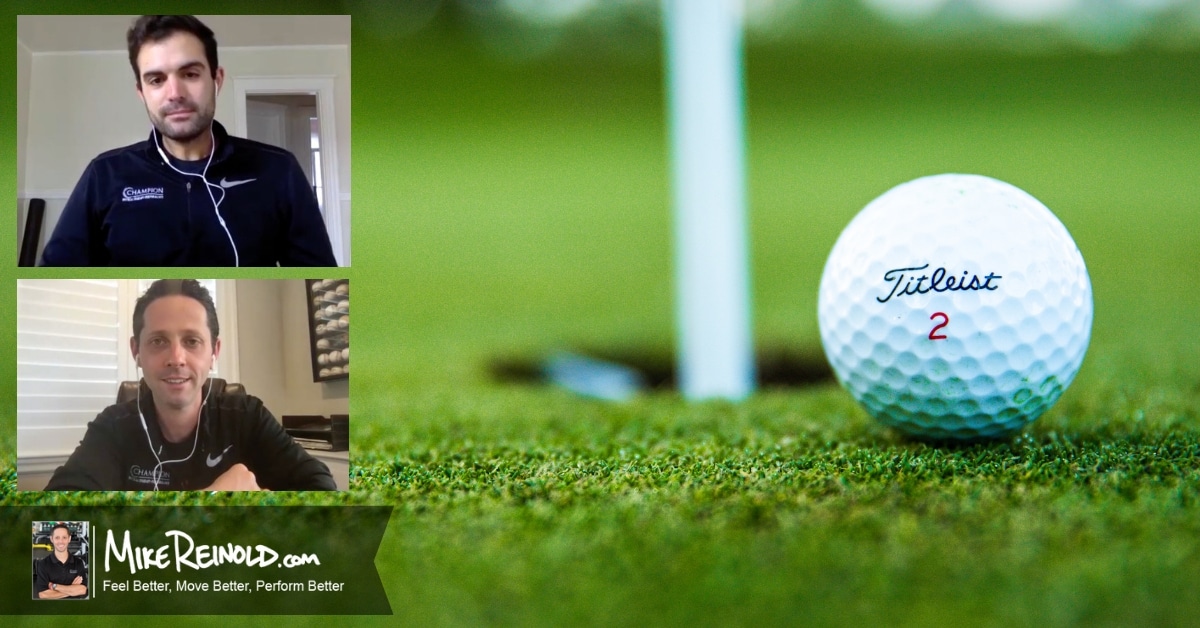
A common mistakes we see golfers make when trying to gelt back to golf after an injury is simply jumping right back in like flipping a light switch. Here’s our approach to building a return to golf program.
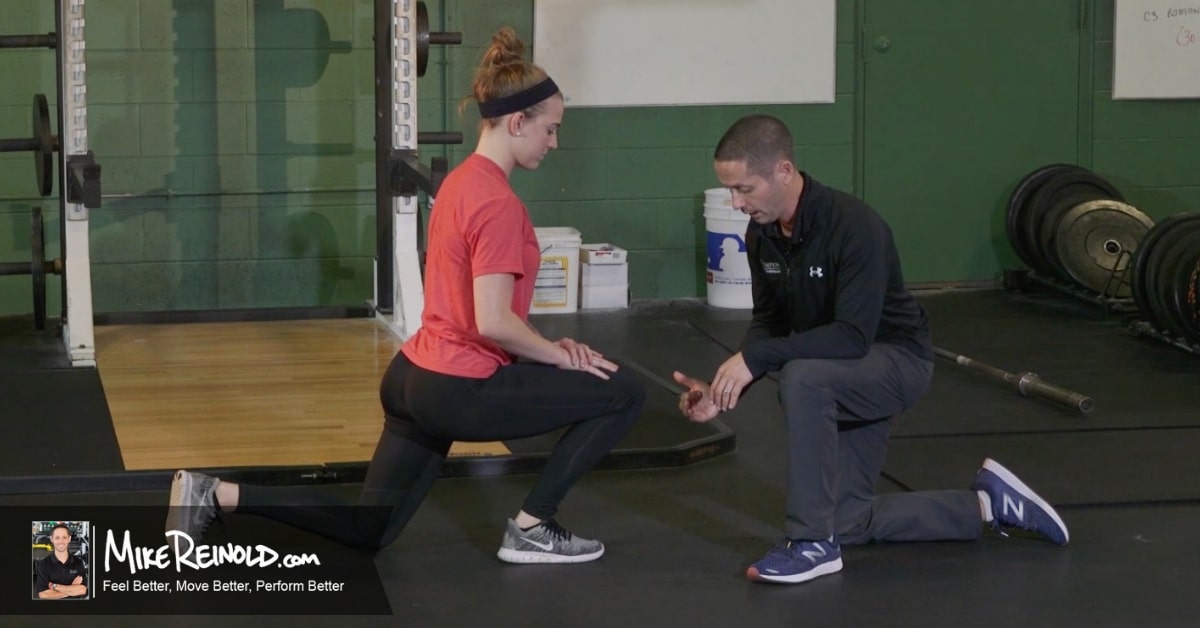
The ultimate guide to improving ankle dorsiflexion with a combined approach of self-myofascial exercises, stretching, and ankle mobility exercises


I help people feel better, move better, and perform better. I want to help you learn to do the same.